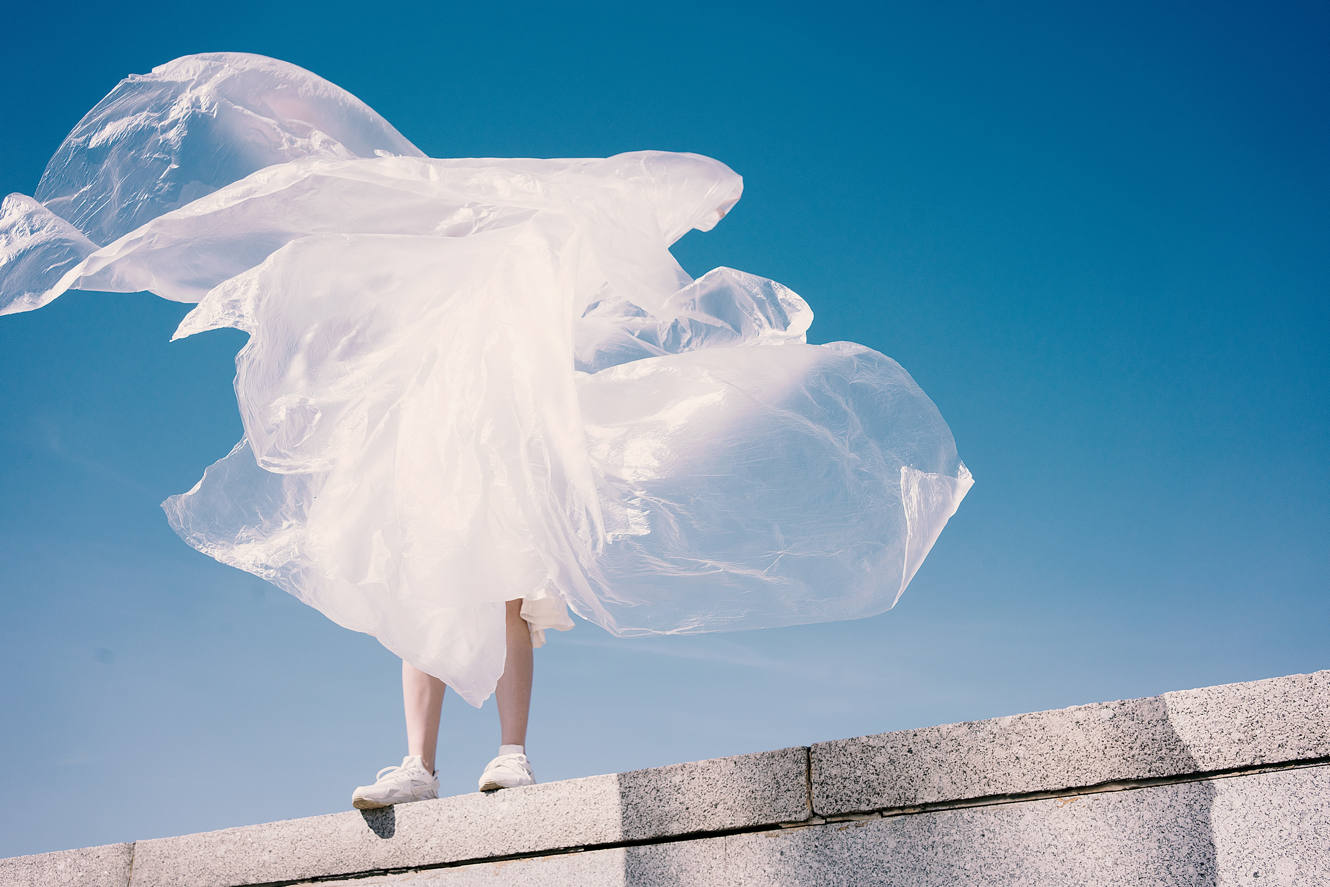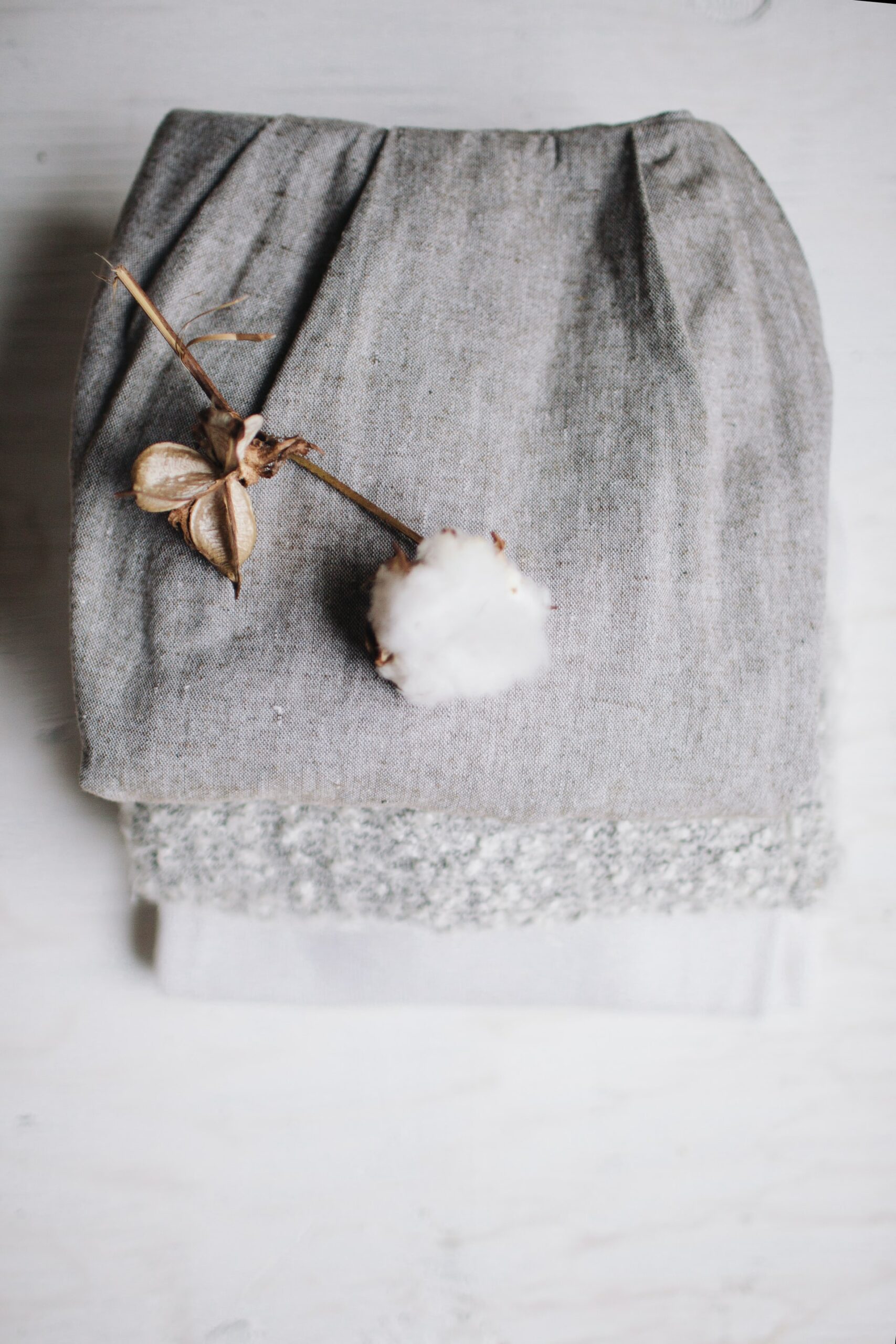
Do Recycled Plastics Belong in the Fashion Industry?
Recycling in an effort to reduce the production of new materials will always be a good thing, but even recycling and recycled materials have their downsides. The fashion industry is full of hidden plastics, and now that recycling has become so popular, recycled plastics are popping up in the fashion industry as brands strive to be more sustainable. The question is whether or not using upcycled plastic to make clothes, shoes, or accessories is a good thing. Just like with anything else, there are pros and cons to its use in the fashion industry.
THE UPSIDES OF USING RECYCLED PLASTIC
Using recycled plastics in the fashion industry can certainly be a good thing. When companies use old plastic to make their products, this means new plastic doesn’t have to be produced as frequently, which helps keep plastic out of landfills and cuts down on the need for petroleum. In the fashion industry, 342 million barrels of petroleum are used annually to produce plastic-based fibers for textiles.
When something is made from plastic, it can be recycled over and over again. The same is true for recycled plastic. Not everything that’s made from recycled plastic can be recycled again, but items like 100% recycled plastic bracelets or beach bags can be. This helps keep plastic out of landfills and oceans in a small way.
Every year, over 300 million tons of plastic are created, and 8 million tons of it are predicted to end up in oceans. Many companies and startups have taken initiative to try and remove plastic water bottles and other pieces of plastic from oceans. While it’s difficult to estimate exactly how many pounds of plastic are taken out of oceans every year, some estimates say that with combined efforts, up to 50% of the plastic that’s in the Great Pacific Garbage Patch can be removed every five years. Efforts by companies to remove plastic from oceans and upcycle it into garments, shoes, or accessories is one of the biggest upsides to the use of recycled plastic in the fashion industry. Removing even one piece of plastic from the ocean is a good thing.
THE DOWNSIDES OF USING RECYCLED PLASTIC
MICROFIBERS
One of the biggest arguments against the use of recycled plastic in the fashion industry is that washable items made from plastic will shed microfibers when washed. Microfibers are tiny pieces of plastic that fall off of clothes during washing cycles. A single load of laundry can release up to 700,000 microfibers, which eventually make their way into rivers and oceans.
Beside magazine recently ran an article in their seventh issue that highlighted the work of Benoit Lecomte, a French diver and swimmer who swam through the Great Pacific Garbage Patch with a team of researchers following along. He did it to help raise awareness about plastics in the ocean. Forced to go at Benoit’s slow pace, the team of researchers were able to study the plastic floating in the Great Pacific Garbage Patch in detail. In addition to huge pieces of plastic like toilet lids, the amount of tiny plastics and microfibers the researchers found was astonishing.

These tiny microfibers are in such abundance that fish mistake them for food, and animals like humpback whales can’t avoid swallowing them when they open their mouths to eat plankton. Plastics have even been found in fish that humans eventually end up consuming.
Certain products like washing bags that collect microfibers can help keep the tiny pieces of plastic from being released into the water during washing cycles, but this will only slightly mitigate the effects of plastic use, not solve the problem.
PLASTIC DOESN’T DECOMPOSE
Over 60% of clothing is now made from petroleum-based plastic fibers like nylon, polyester, and spandex. Once plastic is turned into clothing, even if the clothing is made from recycled plastic, it can’t be recycled again. On top of that, clothing made from plastic won’t decompose, so any petroleum-based garment that ends up in a landfill will remain there almost indefinitely.
Focusing more on natural textiles is one of the best ways to keep plastic out of oceans and landfills. Fibers like linen, wool, and organic cotton contain no plastics and are completely compostable over time. They’re also less likely to contain toxic chemicals that could seep into the skin.
PLASTIC IS FULL OF CHEMICALS
It’s not yet completely understood how wearing plastic clothing affects the skin, but the skin absorbs everything that’s put onto it. The process of upcycling plastic into something new is often full of chemicals. Turning an old water bottle into yarn can require strong chemicals to change the structure of the plastic. Chemicals used during this process could end up in waterways, or they could make their way into clothes themselves.
Clothes made from natural fibers are less likely to be made with chemicals during the production process. Even though they can still contain chemicals from dyes, the process of making the garment is generally more eco-friendly as a whole.

POTENTIAL SOLUTIONS
Addressing the use of recycled plastics in the fashion industry is complex. There will always be those who support or disagree with it. Focusing more on natural fibers is once way to address global plastic pollution. There’s also a big movement in the fashion industry to focus more on minimalism and thrifting, both of which help keep clothes out of landfills and the production of plastic-made materials down.
As technology advances, there are sure to be new innovations that address plastic use and its effect on the environment. It’s likely that brands will continue to use recycled plastic in an effort to be more sustainable until better solutions present themselves, or until consumers demand something different.

Jessy Humann lives and writes out of Spokane, Washington. When she’s not writing about sustainable fashion and why it’s important, she loves to write poetry and do other types of creative writing. Her first children’s book comes out next year. Connect with Jessy on LinkedIn.








